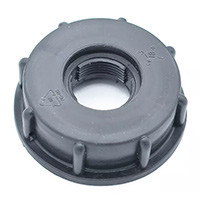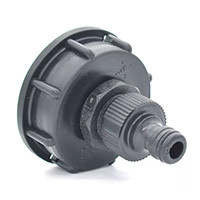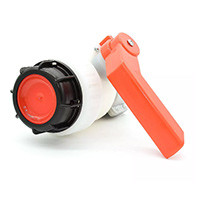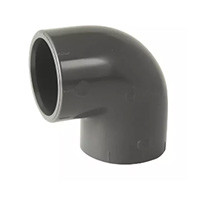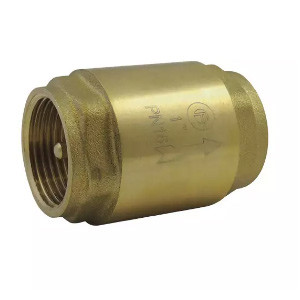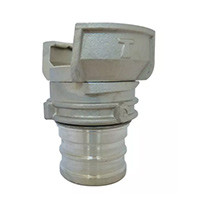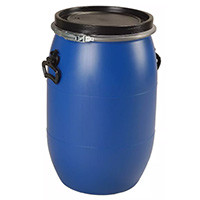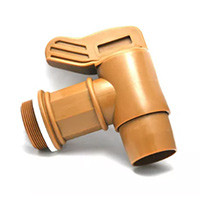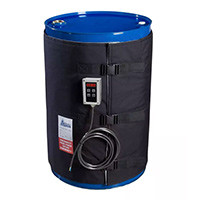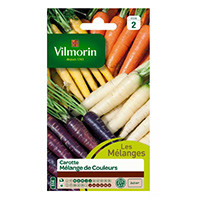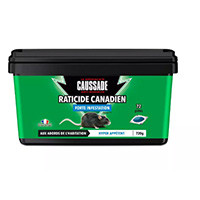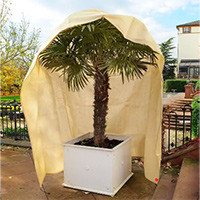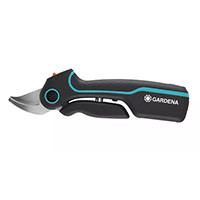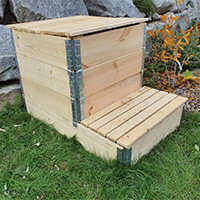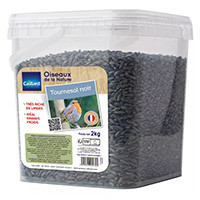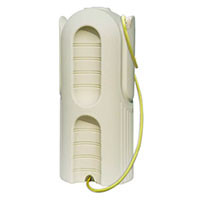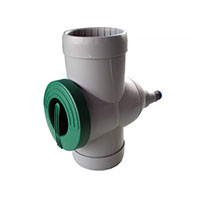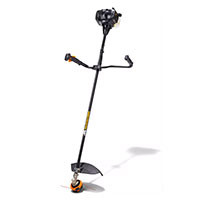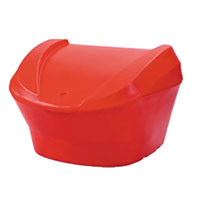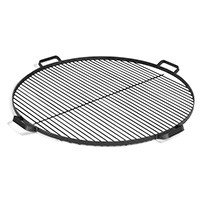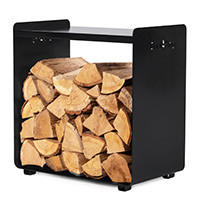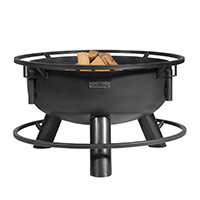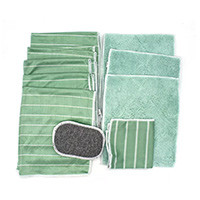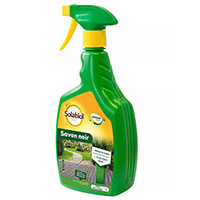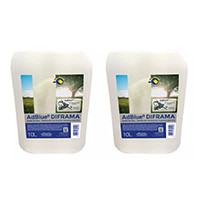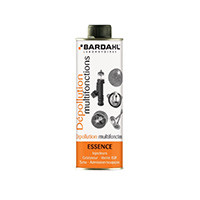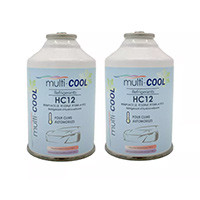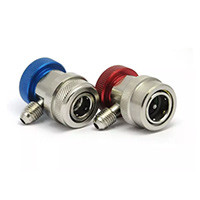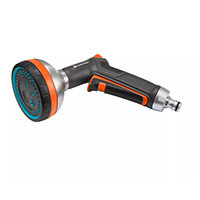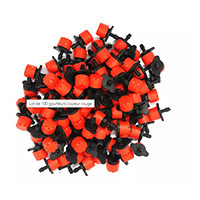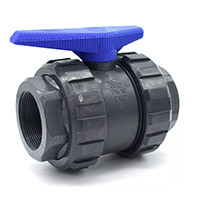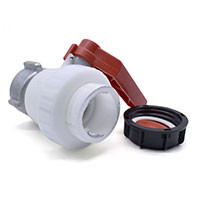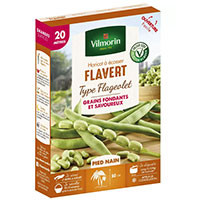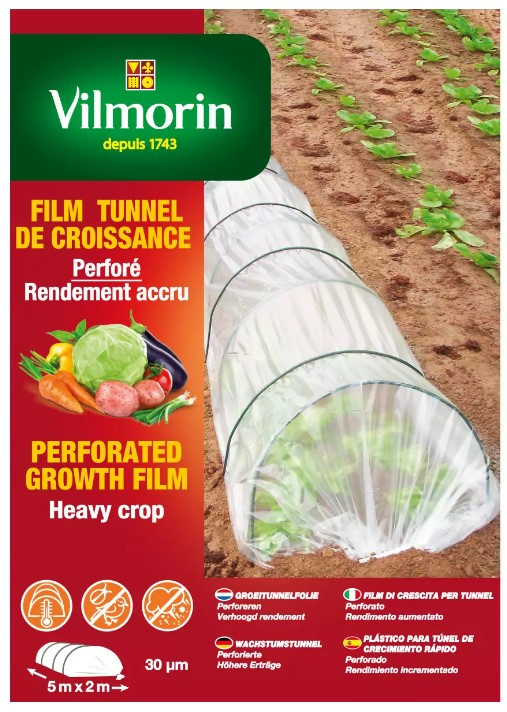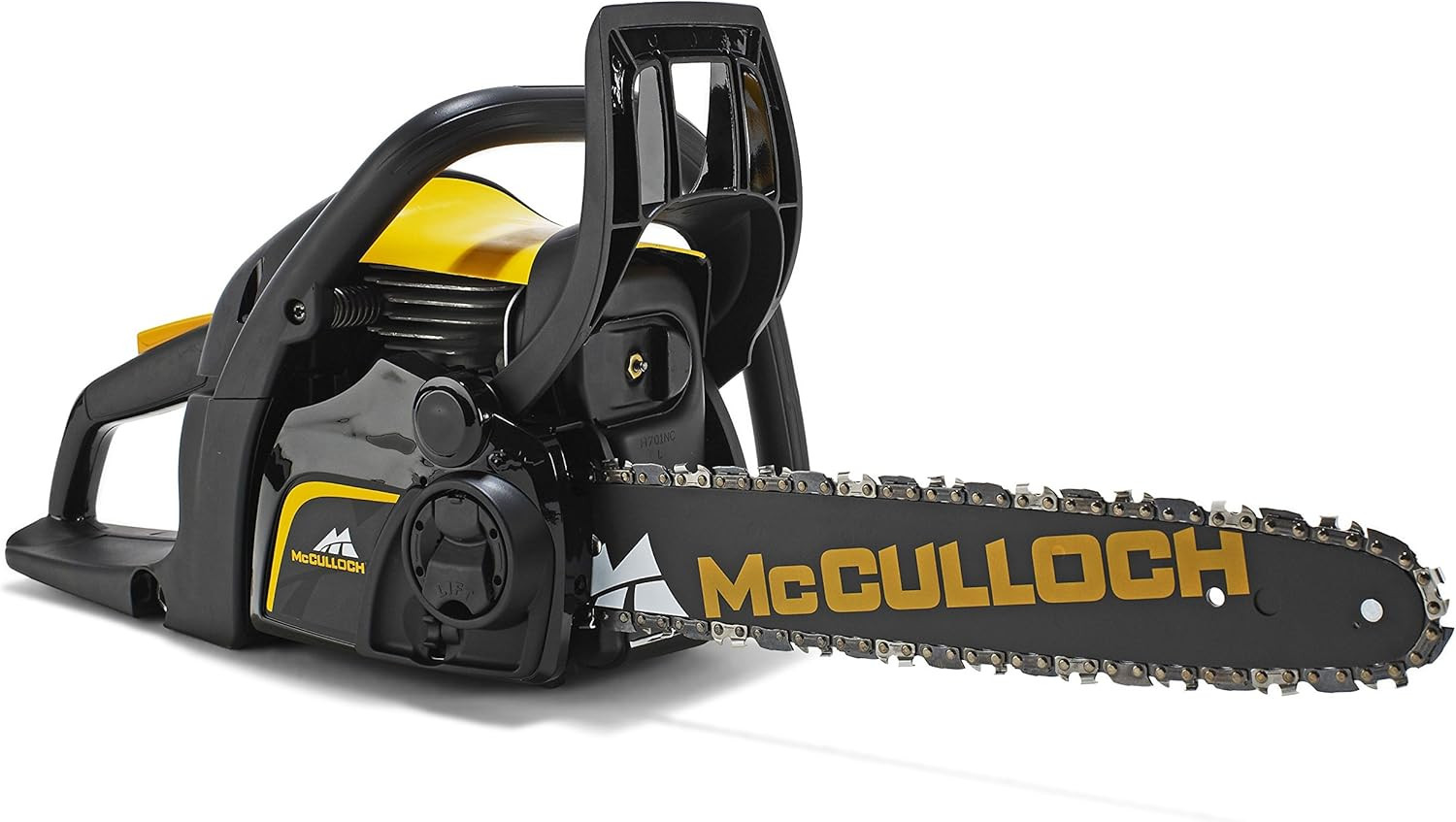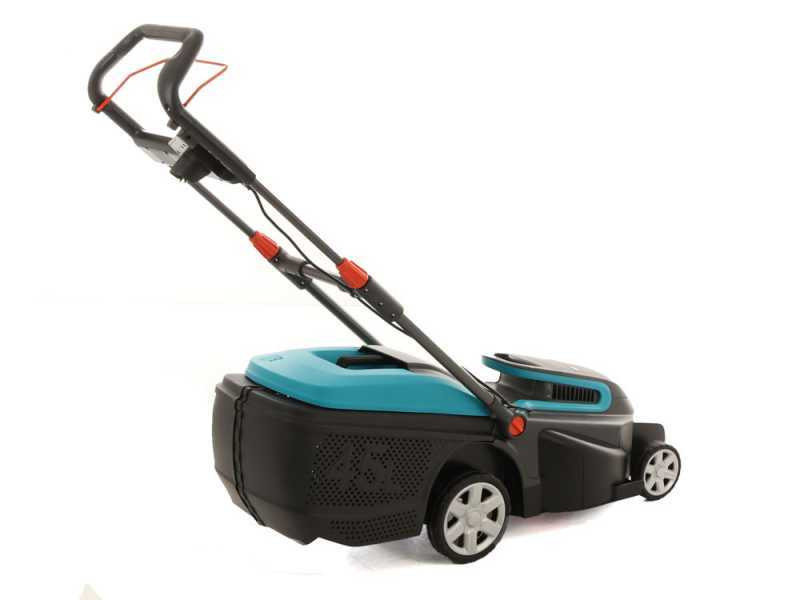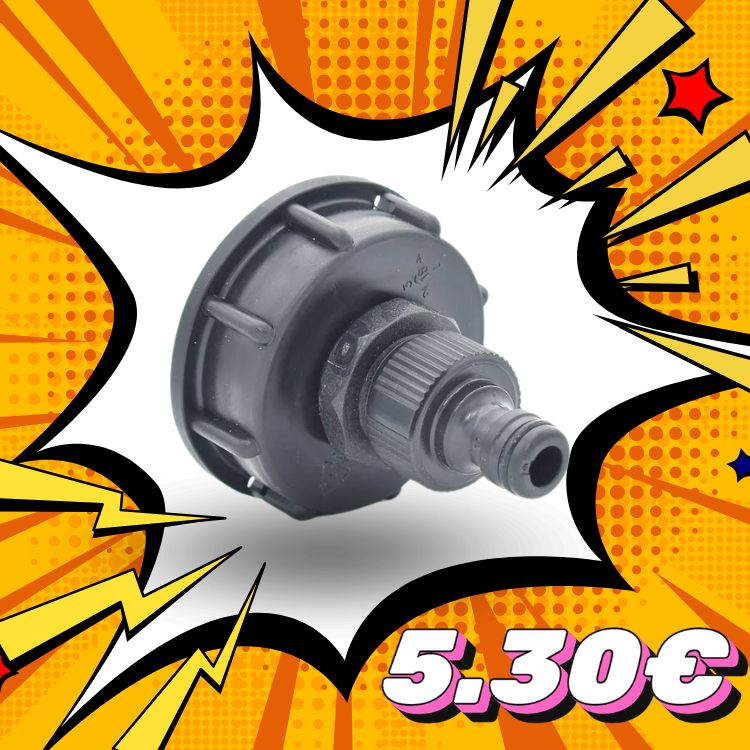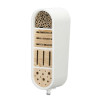
Why install an insect hotel in your garden
Insect hotels are structures designed to attract and shelter environmentally beneficial insects such as bees, butterflies, solitary wasps and ladybugs. These insect hotels can be made from natural materials such as branches, leaves, and stems, or from recycled materials such as cardboard boxes, plastic bottles, and metal rods.
One of the main advantages of insect hotels is that they contribute to the preservation of biodiversity by providing habitats for beneficial insects. Bees, for example, are important pollinators for plants and fruit trees, while ladybugs are natural predators of insect pests such as aphids. Insect hotels can also help reduce pesticide use by providing a safe place for beneficial insects to breed and feed.
There are several types of insect hotels, each designed to attract and house specific species of insects. Solitary bee hotels, for example, are made from materials such as hollow stems, pieces of wood, and fallen leaves to provide habitats for solitary bees. Ladybug hotels are made from materials such as bamboo stems, leaves, and flowers to provide habitats for ladybugs. There are also butterfly hotels that are made from materials such as branches, leaves, and flowers to provide habitats for butterflies.
It is important to note that to attract beneficial insects to an insect hotel, it is important to place it in a sunny place sheltered from strong winds. It is also important to keep the insect hotel clean and dry, and regularly fill it with fresh materials to provide habitats for insects. It is also important to check the hotel regularly for insects to ensure that it is not invaded by pests.
In summary, insect hotels are eco-friendly structures designed to attract and shelter insects that benefit the environment. They contribute to the preservation of biodiversity by providing habitats
multitanks offers a range of insect hotels that will satisfy all the little residents of your gardenShare this content

